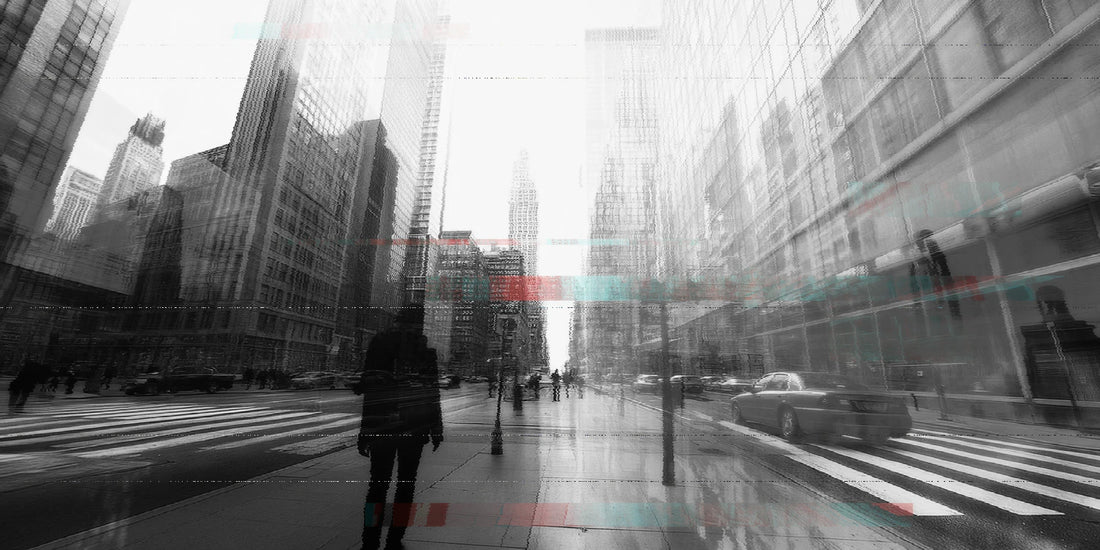The Rise of Digital Fashion: How Virtual Worlds Lead Style

Fashion has undergone a radical transformation, intertwining with technology to become a key medium for self-expression. Gone are the days when style was confined to physical garments. Today, virtual worlds and digital fashion are reshaping the future of the industry, from dressing avatars in virtual realms to collecting digital couture.
The rise of digital fashion represents a fundamental shift in how fashion is created, consumed, and experienced.
This article explores how virtual fashion is redefining style, why it's attracting major designers, and how it empowers users to transcend traditional norms.
The Convergence of Fashion and Technology
Fashion and technology have long influenced each other, but the emergence of digital fashion marks a new chapter. While the industry historically leveraged technology to improve fabrics and manufacturing, it now uses digital realms to create fashion that exists solely in virtual spaces.
Fashion-forward individuals, especially Gen Z, are embracing digital worlds where style becomes boundless. Whether it’s dressing avatars in games like Fortnite or purchasing virtual wearables for social media, fashion is expanding beyond the physical. Major brands like Balenciaga and Gucci are leading this transformation by introducing exclusive virtual collections.
The rise of NFTs has blurred the line between fashion and technology, offering unique, one-of-a-kind virtual pieces treated as digital art or status symbols.
Avatars as the New Fashion Icons
Virtual fashion enables users to design, dress, and express themselves through avatars. In virtual worlds, avatars can wear outfits that defy gravity, change shape in real-time, or adopt surreal aesthetics beyond real-world constraints.
Designers are using these platforms as new creative canvases. Digital-only couture, like those crafted by The Fabricant, allows designers to explore unprecedented forms and materials, free from physical production limits.
Virtual spaces democratize fashion, empowering users to create outfits and identities unconstrained by societal norms.
Through avatars, individuals can fully embrace self-expression, embodying personas ranging from futuristic warriors to retro fashionistas. This inclusivity reflects the broader trend of individuality in modern fashion.
Sustainability in the Digital Wardrobe
Digital fashion also addresses the fashion industry’s sustainability challenges. The environmental impact of fast fashion is significant, with overproduction and waste creating massive pollution. Virtual fashion offers a greener alternative by eliminating the need for physical production, shipping, and disposal.
By opting for digital outfits, consumers reduce demand for wasteful manufacturing processes. Brands can release limited-edition digital collections that allow customers to stay trendy without contributing to environmental harm. Some even integrate hybrid approaches, offering digital garments alongside physical counterparts.
The metaverse allows fashion houses to evolve while addressing their carbon footprint, blending sustainability with innovation.
The Metaverse: Fashion's New Frontier
The metaverse—a collective virtual space—has brought digital fashion into the mainstream. In these immersive environments, individuals are free to express themselves through fashion without physical constraints.
Virtual fashion shows on platforms like Decentraland showcase collections in 3D, enabling attendees to purchase outfits directly from the runway. This intersection of entertainment, technology, and fashion highlights the metaverse's potential as a hub for creativity and commerce.
Brands see the metaverse as a gateway to younger, tech-savvy audiences who value innovation and personalization. Users actively shape digital fashion trends, contributing to a user-driven style culture that thrives within these virtual spaces.
The Future of Fashion: Blurring Reality and Virtuality
As digital fashion evolves, the boundary between virtual and physical fashion will fade. Augmented reality (AR) already enables users to try on virtual garments via smartphones or showcase digital accessories in media. Future innovations may project virtual outfits into real life, merging both worlds seamlessly.
Hybrid collections may become the norm, featuring items that exist both digitally and physically. Fashion weeks could incorporate virtual runways attended by avatars, creating a cultural crossover between physical and digital realms.
The endless possibilities of digital fashion mean style can evolve without material waste, offering a customizable and sustainable future.
Conclusion: A New Era of Self-Expression
Digital fashion is not just a trend but a transformative shift in the industry. It expands creative possibilities, fosters self-expression, and provides a sustainable alternative to fast fashion. Virtual fashion invites everyone to reimagine style and participate in this extraordinary evolution.
As virtual worlds grow, so too will the significance of digital fashion. Whether it’s owning a digital dress or collecting NFTs, the future of fashion is boundless, innovative, and inclusive.








